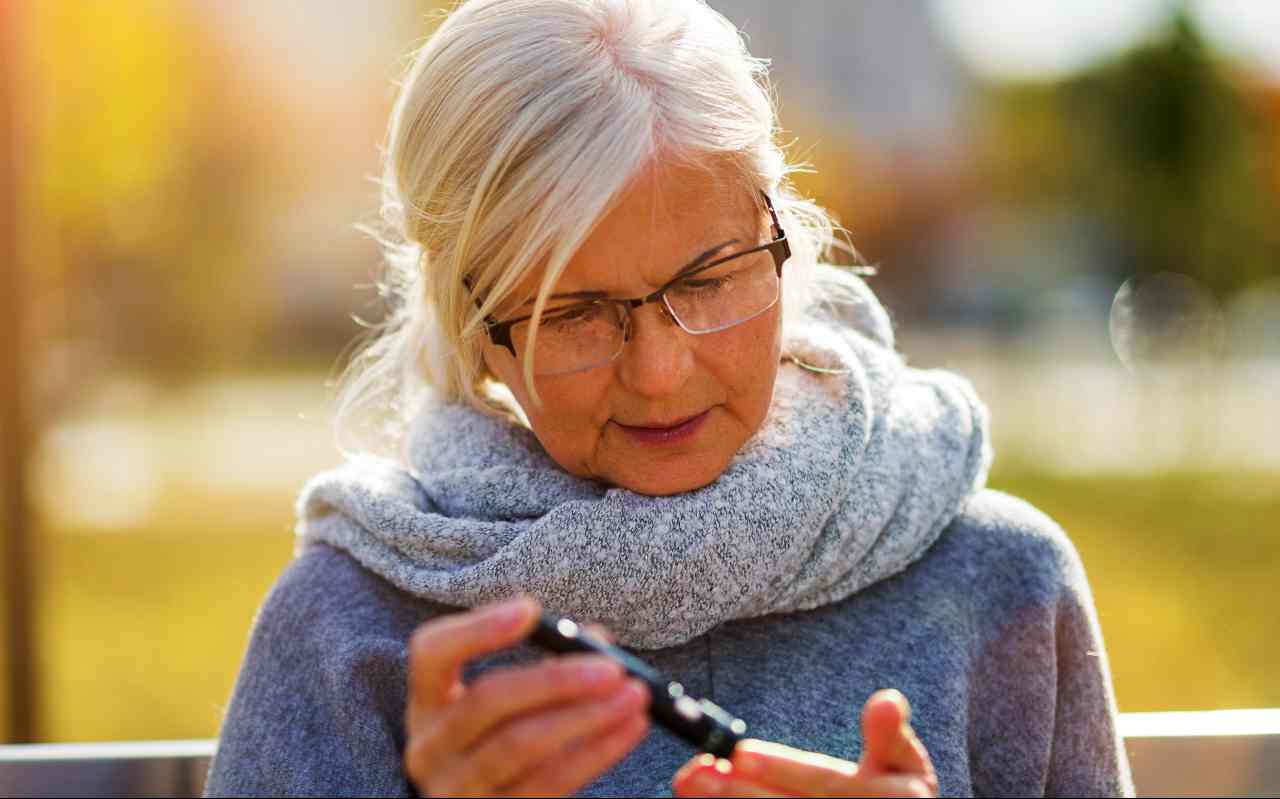Diabetes is a disease that creates many ailments, and a recent study found that care must be taken with the light.
Leaving the lights on overnight has a negative impact not only on bills but also on sleep and health.
Recently the researchers of the Northwestern University of Chicago studied the effects of light on sleep and our health. Research has found that leaving even moderate light on during the night negatively affects the body.
The results of the study appeared on the magazine PNAS they are mind blowing. In fact, it shows that light during a night’s sleep can: increase blood glucose; impair the regular function of the heart; increase risk factors for heart disease, diabetes and metabolic syndrome.
Sleeping with the lights on may increase diabetes risk: studies
Another study, published in 2019, also linked obesity in women with artificial night light (ALAN), such as a TV light or a night light. Another research found that blue light in the morning and evening could alter blood glucose and increase insulin. Furthermore, it would appear that an artificial night light is the cause of the type 2 diabetes among the elderly.
One sleep study it saw the participation of 20 adults who lived under observation in a laboratory for three days and two nights. The week before, the researchers took the participants’ habits using sleep diaries and a sleep study exam: actigraphy.
In addition, on the first and second day, participants provided blood samples (before and after eating) to evaluate melatonin and blood sugar levels. They also underwent nocturnal polysomnography (PSG) to assess sleep quality.
Finally, divided into two groups they started the experiment. A group was in the light condition in the room. The first night they slept in dim light (less than 3 lux / lx); while the second night with ambient light at 100 lux. The second group, on the other hand, in dim light condition slept both nights in dim light below 3 lux.
Participants were required to complete a survey every two hours to assess sleepiness, hunger, and mood swings. The nurses, on the other hand, took the blood pressure every hour and the heart rate every four hours.
And give
At the end of the research, participants who slept a single night in the 100 lux lighted room the following morning had a higher blood sugar spike. Heart rate during the night had also increased. Also in this group, scientists collected interesting data overnight. In fact, they found they had more N2 sleep (deep sleep state) and less slow wave sleep (important for memory); while REM sleep, the dream phase, was not very present.
In both groups, however, sleep quality (PSG) and melatonin levels did not change. In the study they explain that the reason could be that some light (5/9%) during the night comes from the closed eyelids.
Conclusions
Dr Phyllis C Zee, the author of the study, explains the link between ALAN and health effects, especially in reference to heart rate and diabetes. According to the researcher, there are three possibilities. The first is that the light “it can cause awakening or arousal. We have seen small changes [in queste misure, ma non erano] correlated with an increase in insulin resistance. So this is unlikely to be a primary mechanism ”. The second is that “it can affect the circadian clock and the secretion of melatonin. However, we found no significant differences in melatonin levels, ”added Dr. Zee.
Finally, the third possibility is that “the regions of the brain that regulate the autonomic nervous system are activated because there was a relationship between changes in heart variability and insulin resistance,” he explained.
In short, the conclusion reached by the research is that avoiding ALAN, therefore the artificial night light would improve cardio metabolic health.
(The information in the article is for informational purposes only and concerns scientific studies published in medical journals. Therefore, it does not replace the consultation of a doctor or specialist, and should not be considered for formulating treatments or diagnoses).
